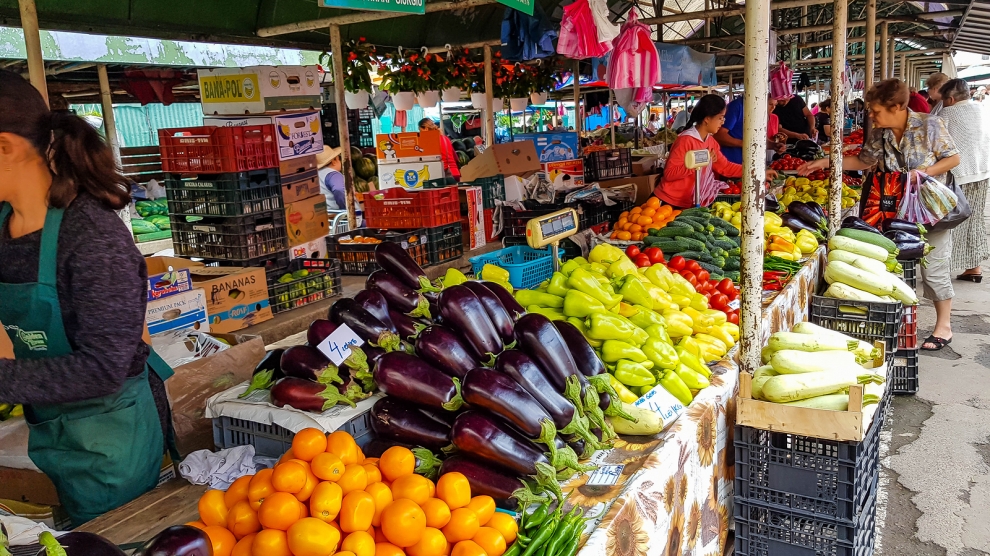Romanian inflation, the highest in the EU, rose again in August to reach 5.1 per cent year-on-year, up from 4.6 per cent in July, when inflation had fallen for the first time in more than a year. According to Romania’s National Statistics Institute (INS) food prices rose 4.15 per cent year-on-year in August, while non-food prices were up a massive 6.78 per cent.
The increase has come as a setback to the Romanian National Bank (BNR), which in August decreased its annual inflation forecast for 2018 to 3.5 per cent from 3.6 per cent: within its target band of 1.5-3.5 per cent. The BNR also last month maintained its monetary policy rate at 2.50 per cent. BNR last changed the rate in May, increasing it to 2.50 per cent from 2.25 per cent, the third rate hike this year.
The new inflation numbers have also come as a surprise to analysts.
“We were surprised by stronger increases in administered energy prices (electricity in particular) and by a smaller decline of the volatile price of vegetables in m/m terms,” said Eugen Sinca, an analyst at Erste Group Research, who nevertheless remains relatively optimistic about the chances of Romania keeping inflation under control.
“We think that disinflation will resume in September, but our forecast of an inflation rate of 3.5 per cent in December is at risk after this new data. The evolution of the price of fresh vegetables raises doubts about the quality of the agricultural year and it remains to be seen how the volatile component of the inflation rate will develop in the next months.”
According to Eurostat, euro area annual inflation rate was two per cent in August, down from 2.1 per cent in July 2018. Across the European Union as a whole, annual inflation was 2.1 per cent in August, down from 2.2 per cent in July. Besides Romania, the highest annual rates were all recorded in emerging Europe: Bulgaria (3.7 per cent), Estonia (3.5 per cent) and Hungary (3.4 per cent).


Add Comment